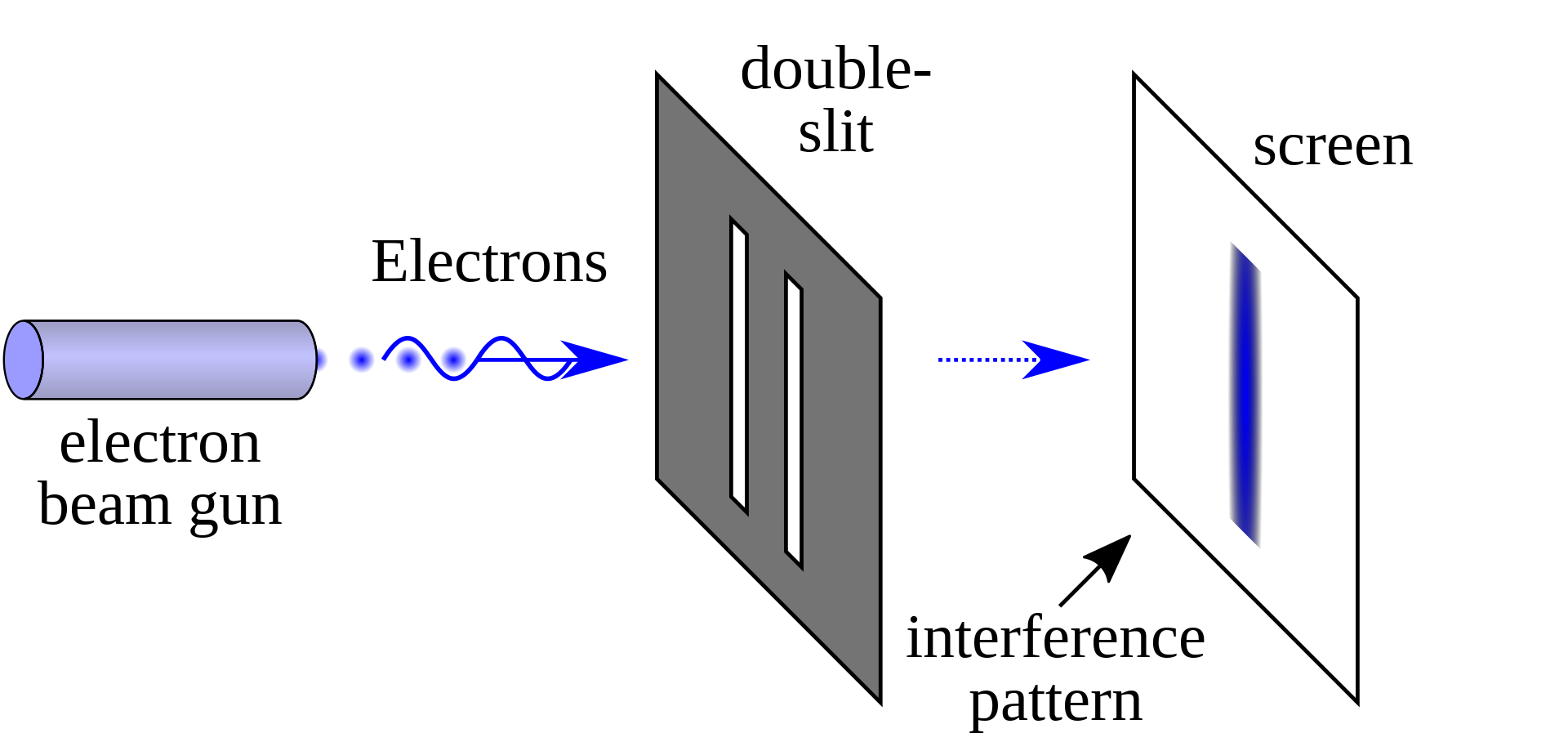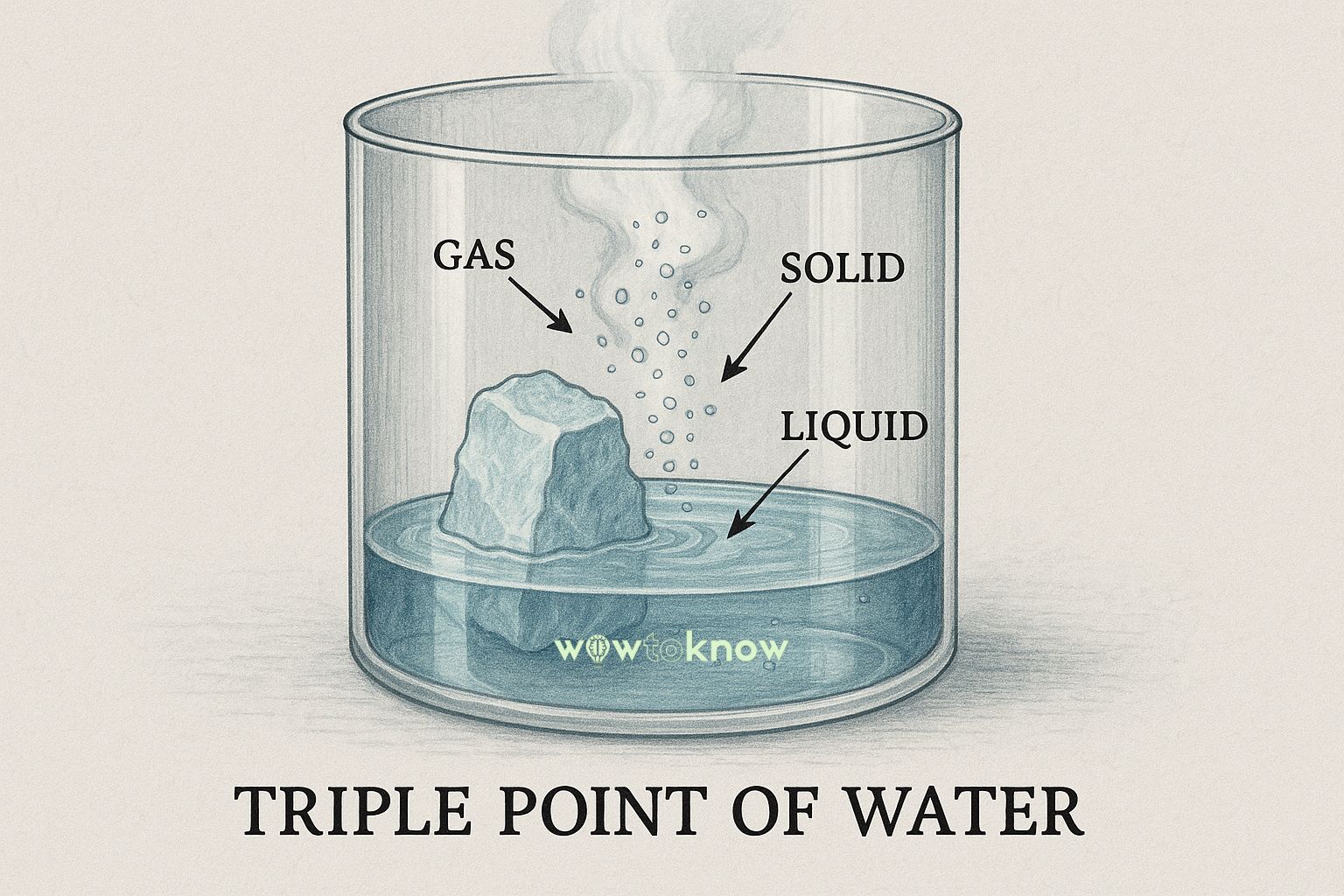Discover the paradoxical behavior of particles as they exhibit wave-particle duality and quantum entanglement, challenging classical physics and offering profound insights into the nature of reality.
Probing the Depths of Quantum Reality
In the intricate realm of quantum physics, where the rules of classical physics dance on the edge of the unknown, the Double-Slit Experiment stands as a mesmerizing enigma that challenges our fundamental understanding of reality.
The Setup:
Conceived in the early 19th century, the Double-Slit Experiment is deceptively simple in its design. Imagine a beam of particles—whether electrons, photons, or even larger molecules—propelled towards a barrier with two parallel slits. Beyond this barrier, a screen awaits, poised to capture the aftermath.
In a classical world, one might expect particles to behave like tiny, solid bullets, creating two distinct bands on the screen, aligned with the slits. However, the quantum world has a penchant for defying intuition.
The Paradox:
When scientists actually conducted the experiment, they were met with a confounding revelation. Instead of producing two neat bands on the screen, the particles exhibited an interference pattern—reminiscent of waves interfering with each other. This peculiar pattern suggested that the particles were behaving not as solid entities but as waves of probability.
Even more perplexing, when scientists attempted to observe which slit a particle went through, the interference pattern vanished. The act of observation collapsed the wave-like behavior, and the particles behaved as distinct entities once again.
Wave-Particle Duality:
The Double-Slit Experiment lays bare the wave-particle duality inherent in the quantum realm. Particles exhibit characteristics of both waves and particles, depending on whether they are observed. This duality challenges our classical understanding of objects having fixed properties independent of observation.
In the absence of observation, particles exist as probability waves, representing a range of potential locations. Only when observed do they “collapse” into definite, particle-like states. This profound aspect of quantum mechanics is captured by the famous Schrödinger’s cat thought experiment, illustrating the inherent uncertainty and interconnectedness of quantum states.
Entanglement and Non-Locality:
The Double-Slit Experiment also teases at the phenomenon of quantum entanglement, where particles become intertwined in such a way that the state of one instantaneously influences the state of the other, regardless of the distance between them. This non-locality challenges classical notions of cause and effect.
Implications and Future Frontiers:
Decades after its inception, the Double-Slit Experiment continues to captivate physicists and philosophers alike. It lays the foundation for quantum mechanics and prompts profound questions about the nature of reality, the role of observation, and the interconnectedness of the universe.
As we stand on the brink of ever-advancing quantum technologies and our exploration of the quantum world deepens, the Double-Slit Experiment remains an enduring symbol of the mysterious and enthralling nature of the quantum realm—a realm where particles waltz between states of existence, challenging our very understanding of what it means to observe and comprehend the universe.
FAQ
What is the Double-Slit Experiment?
The Double-Slit Experiment is a fundamental physics experiment where particles, such as electrons or photons, are directed through two parallel slits, creating an interference pattern that challenges classical understanding.
Why is the interference pattern in the experiment significant?
The interference pattern suggests that particles exhibit wave-like behavior, introducing the concept of wave-particle duality, a fundamental aspect of quantum mechanics.
How does observation affect the behavior of particles in the experiment?
When scientists attempt to observe which slit a particle passes through, the interference pattern disappears, and particles behave as distinct entities. This highlights the impact of observation on quantum states.
What is wave-particle duality?
Wave-particle duality is the phenomenon where particles exhibit both wave-like and particle-like characteristics, depending on whether they are observed.
What does the experiment reveal about quantum entanglement?
The experiment hints at quantum entanglement, showcasing how particles can be intertwined, and the state of one particle can instantly influence the state of another, challenging classical notions of cause and effect.
What are the implications of the Double-Slit Experiment?
The experiment challenges our classical understanding of reality, the role of observation, and introduces profound questions about the interconnectedness of the universe. It forms the foundation for quantum mechanics.
How does the Double-Slit Experiment relate to Schrödinger’s cat thought experiment?
The Double-Slit Experiment illustrates the uncertainty and interconnectedness of quantum states, similar to the principles explored in Schrödinger’s cat thought experiment, where a cat’s state is uncertain until observed.








This website is an absolute gem! The content is incredibly well-researched, engaging, and valuable. I particularly enjoyed the [specific section] which provided unique insights I haven’t found elsewhere. Keep up the amazing work!